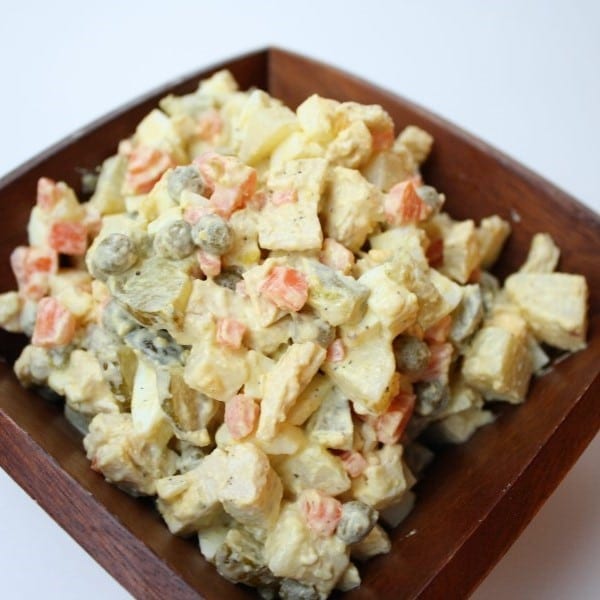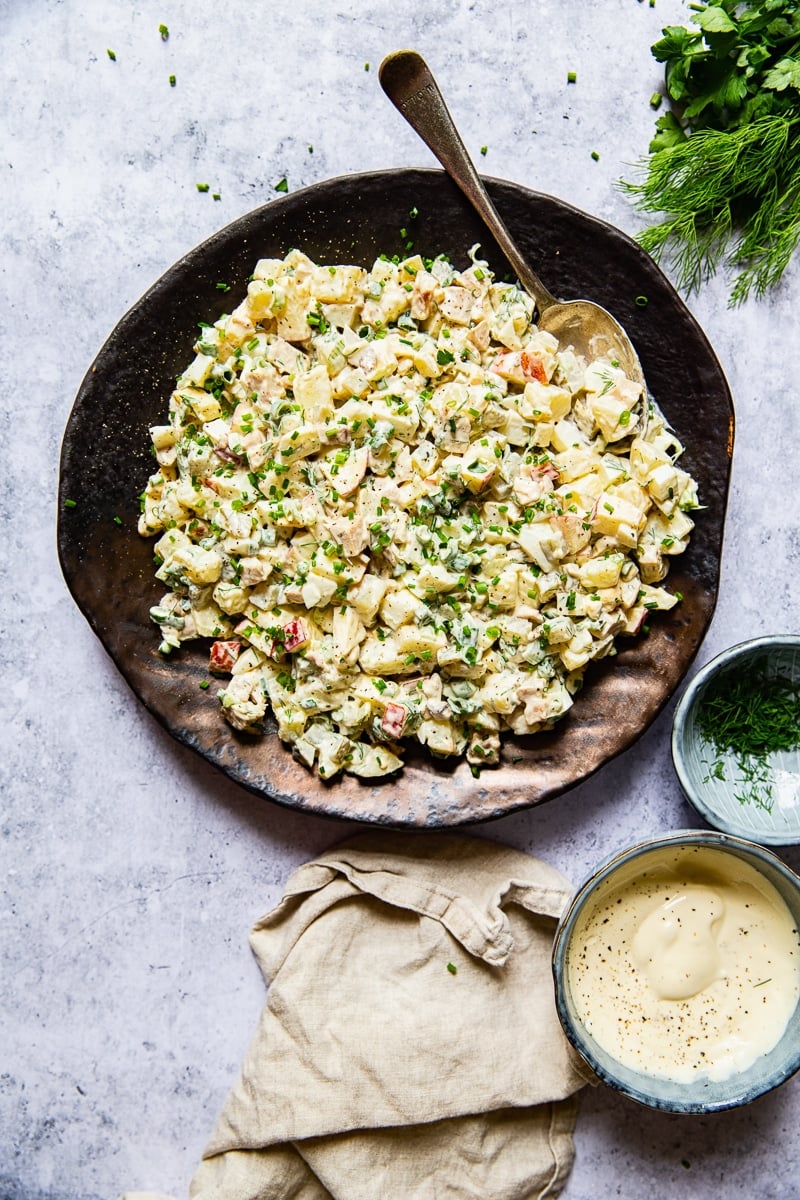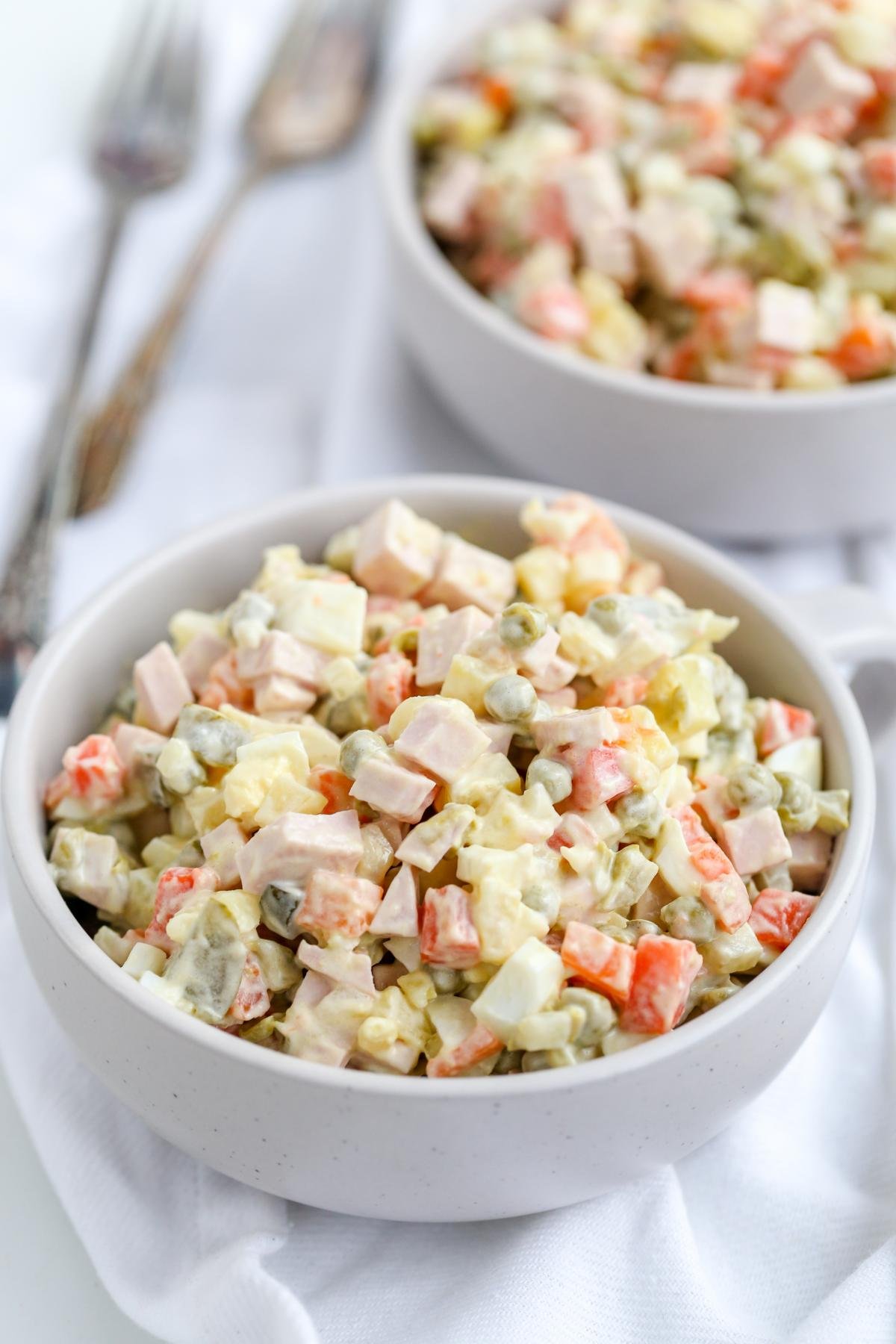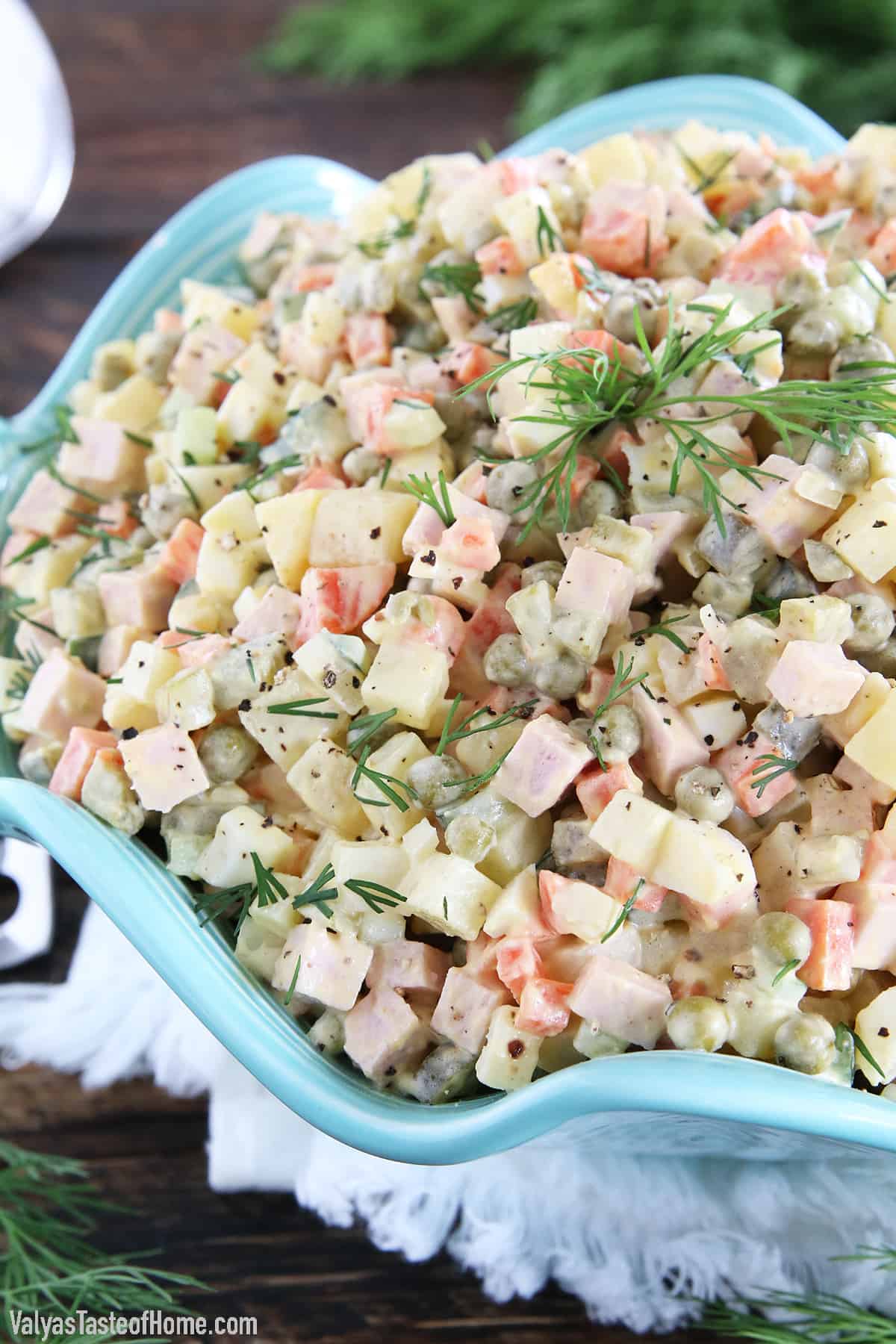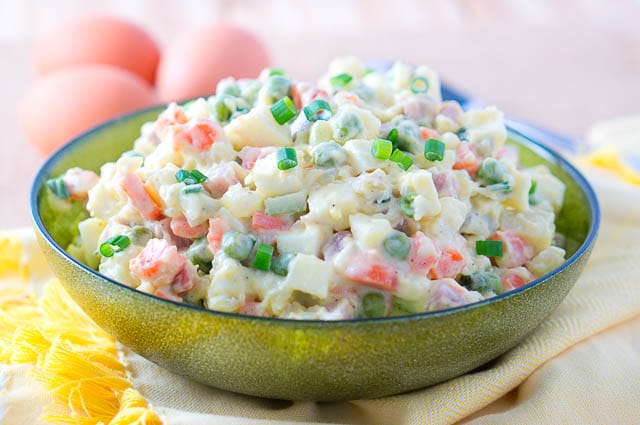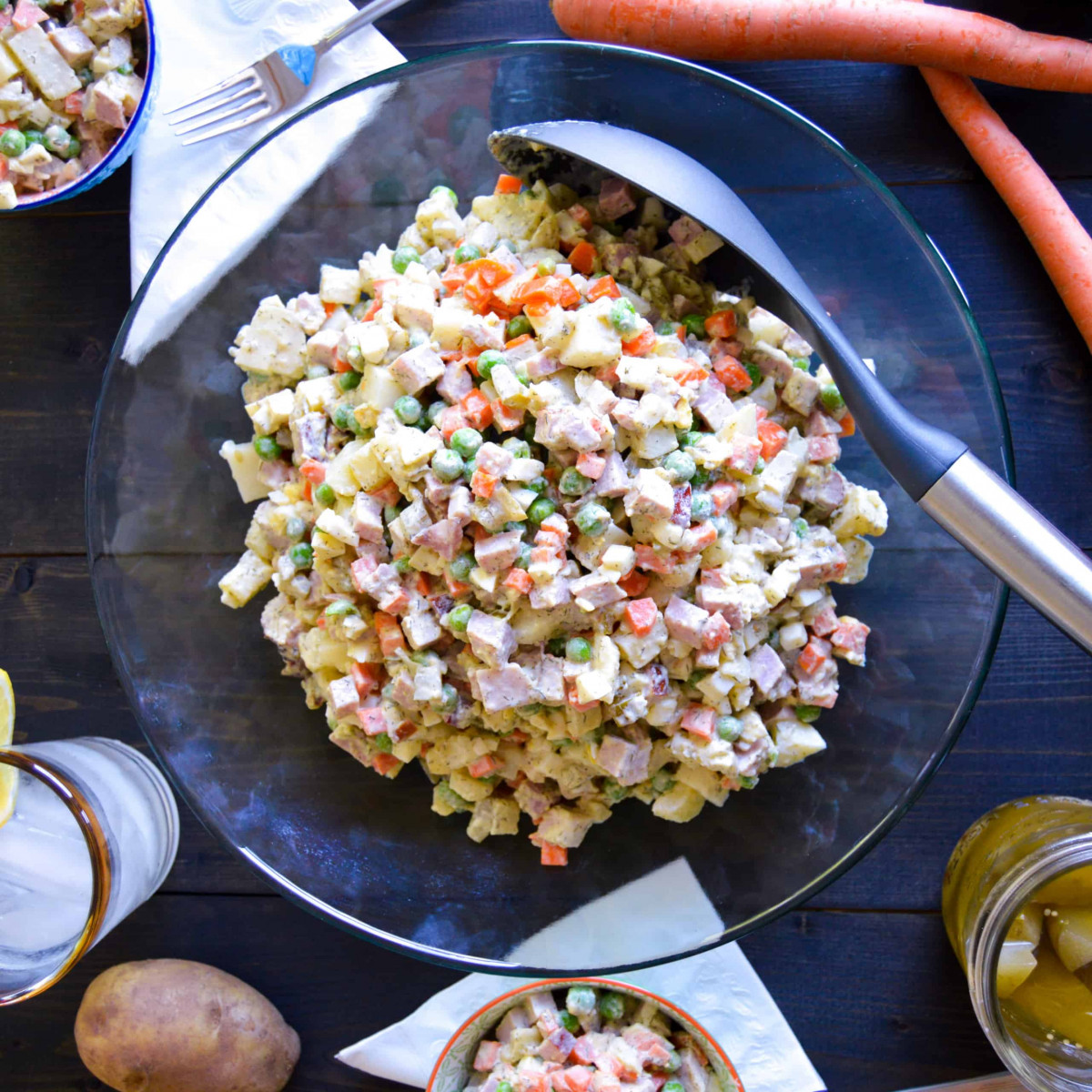Russian salad
olivier salad
Olivier salad is a traditional salad dish of Russian cuisine. Its creation is generally attributed to Lucien Olivier. It is popular in the post-Soviet states and around the world. In different modern recipes, it is usually made with diced boiled potatoes, carrots and brined dill pickles (or cucumber), together with optional eggs, vegetable or fruit ingredients such as green peas, celeriac, onions and apples, optional meat ingredients such as diced boiled chicken, cured sausage, ham, or hot dogs, with salt, pepper and mustard sometimes added to enhance flavor, and dressed with mayonnaise. In Russia and other post-Soviet states, as well as in Russophone communities worldwide, the salad has become one of the main dishes on zakuski tables served during New Year's Eve ("Novy God") celebrations. In Poland it is commonly served at Christmas and Easter.
Source: Wikipedia
Recipes
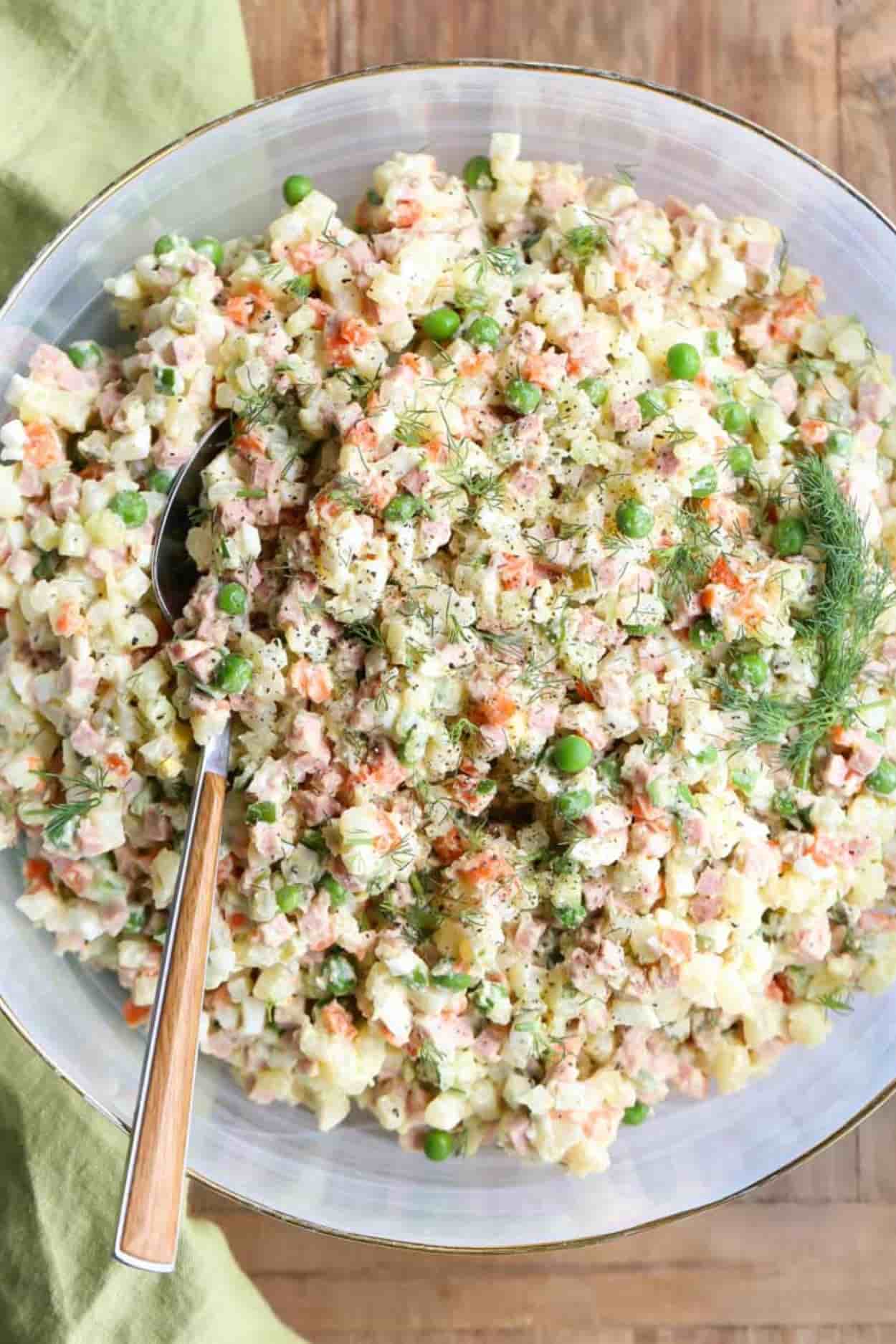
Olivier Salad Recipe (Russian Potato Salad) - Valentina's Corner

Olivier Salad - Traditional Russian Salad Recipe | 196 flavors
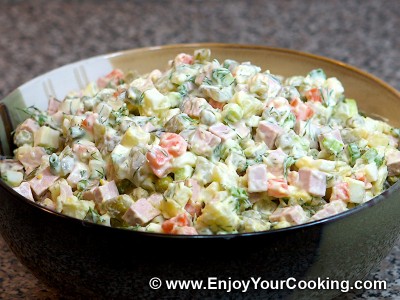
Russian Salad (Olivier) | Recipe | My Homemade Food Recipes & Tips @EnjoyYourCooking
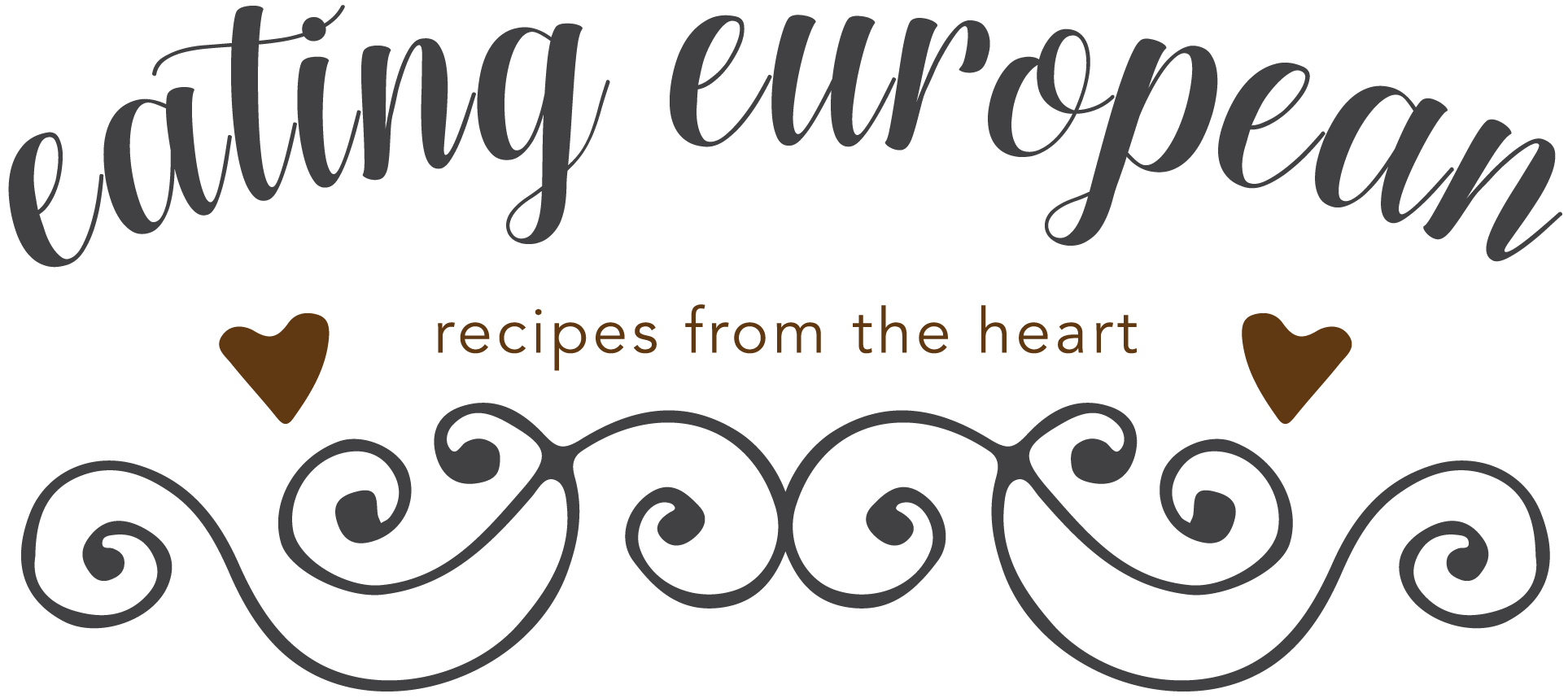
Russian Salad (Ensalada Rusa or Olivier Salad) - Eating European

Olivier Salad - Russian Potato Salad - Let the Baking Begin!
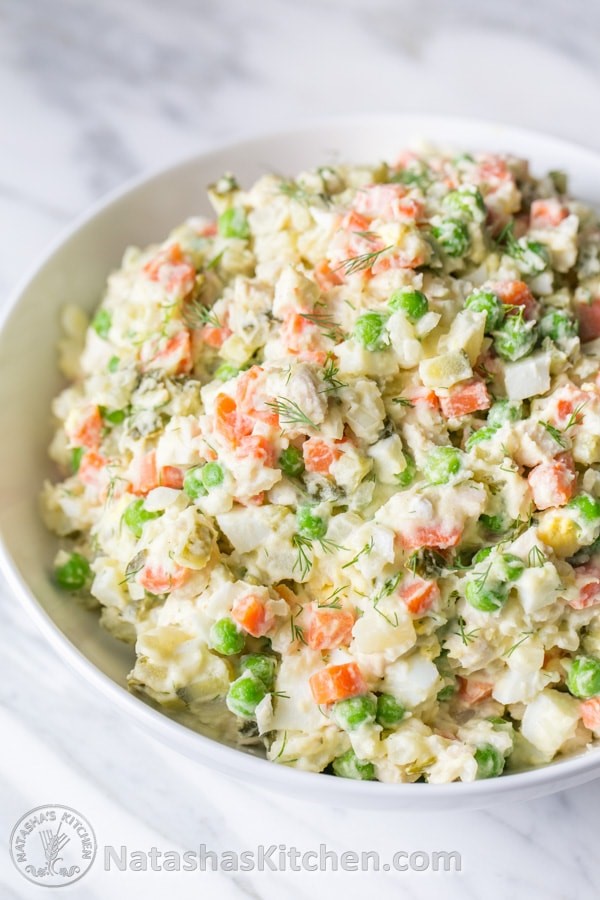
Olivier Salad: History and Cooking Secrets - The Delta Statement
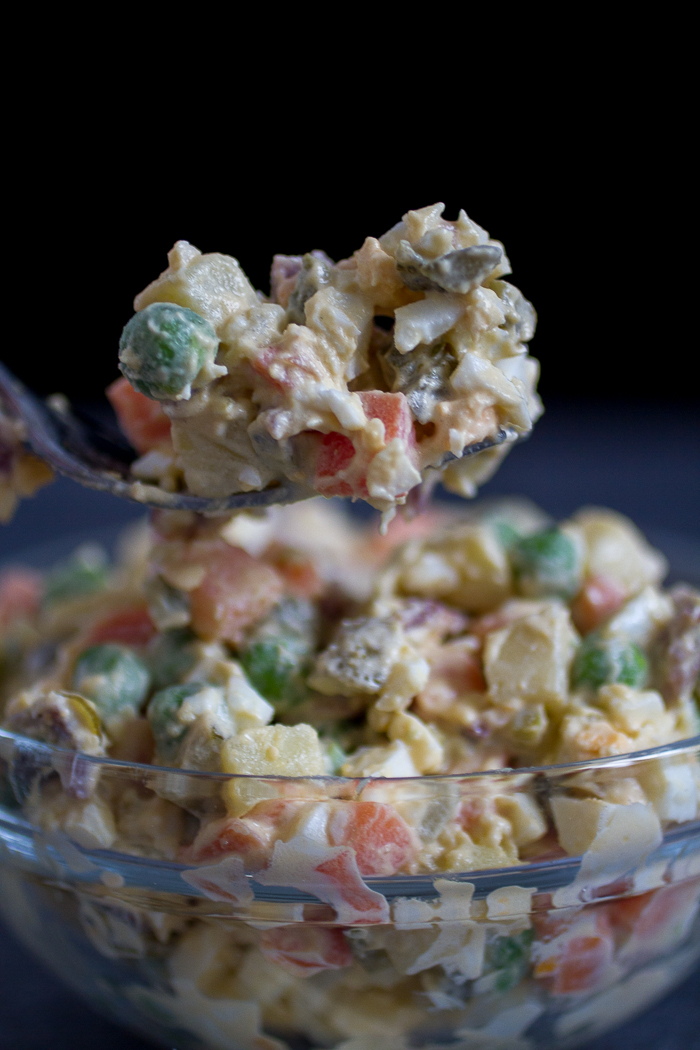
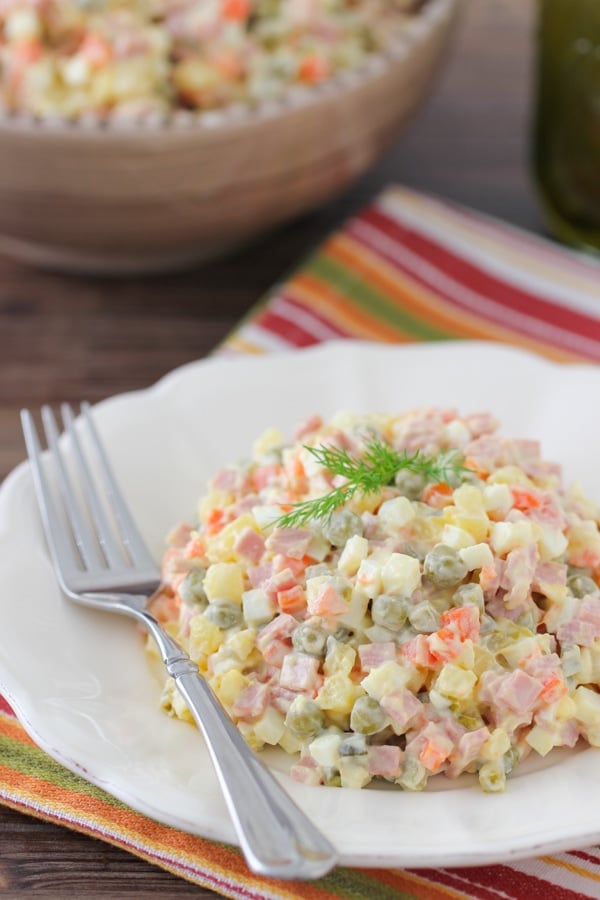
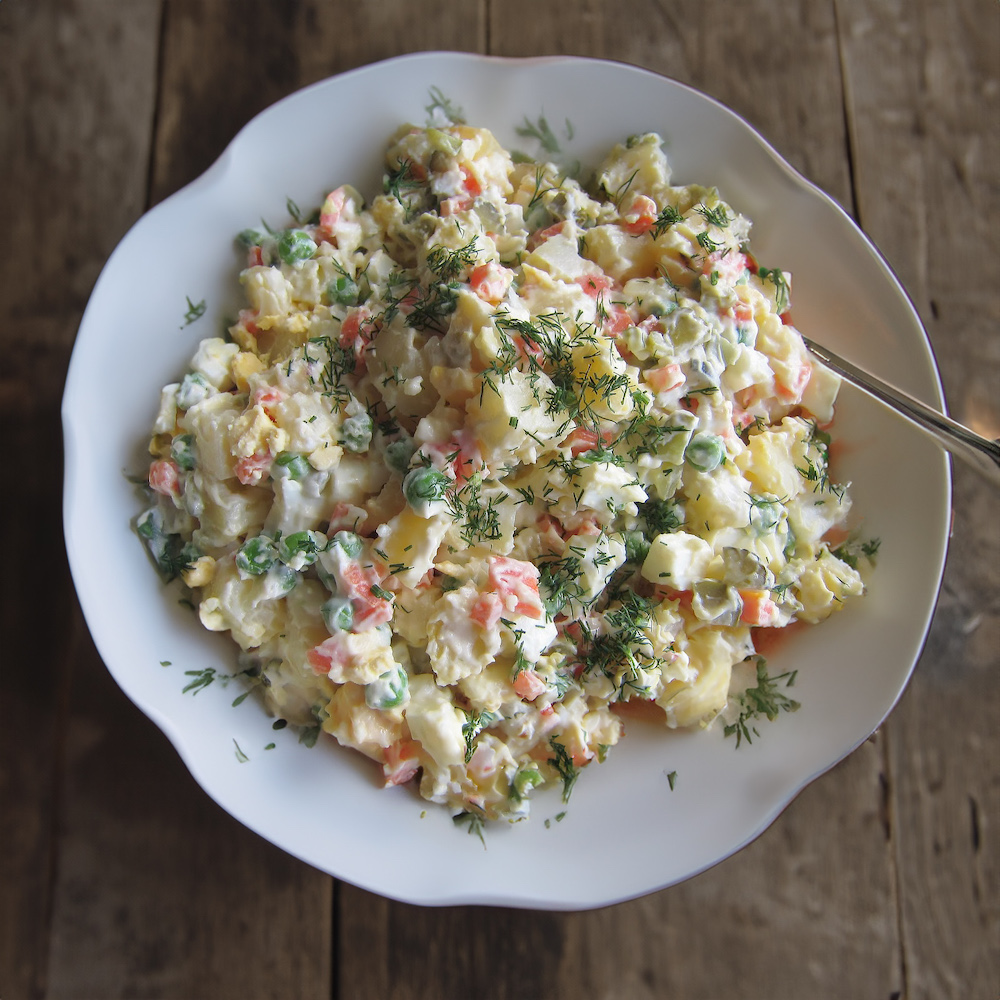
:max_bytes(150000):strip_icc()/1302255-61bbc534e7d041049e446989a559eab0.jpg)
